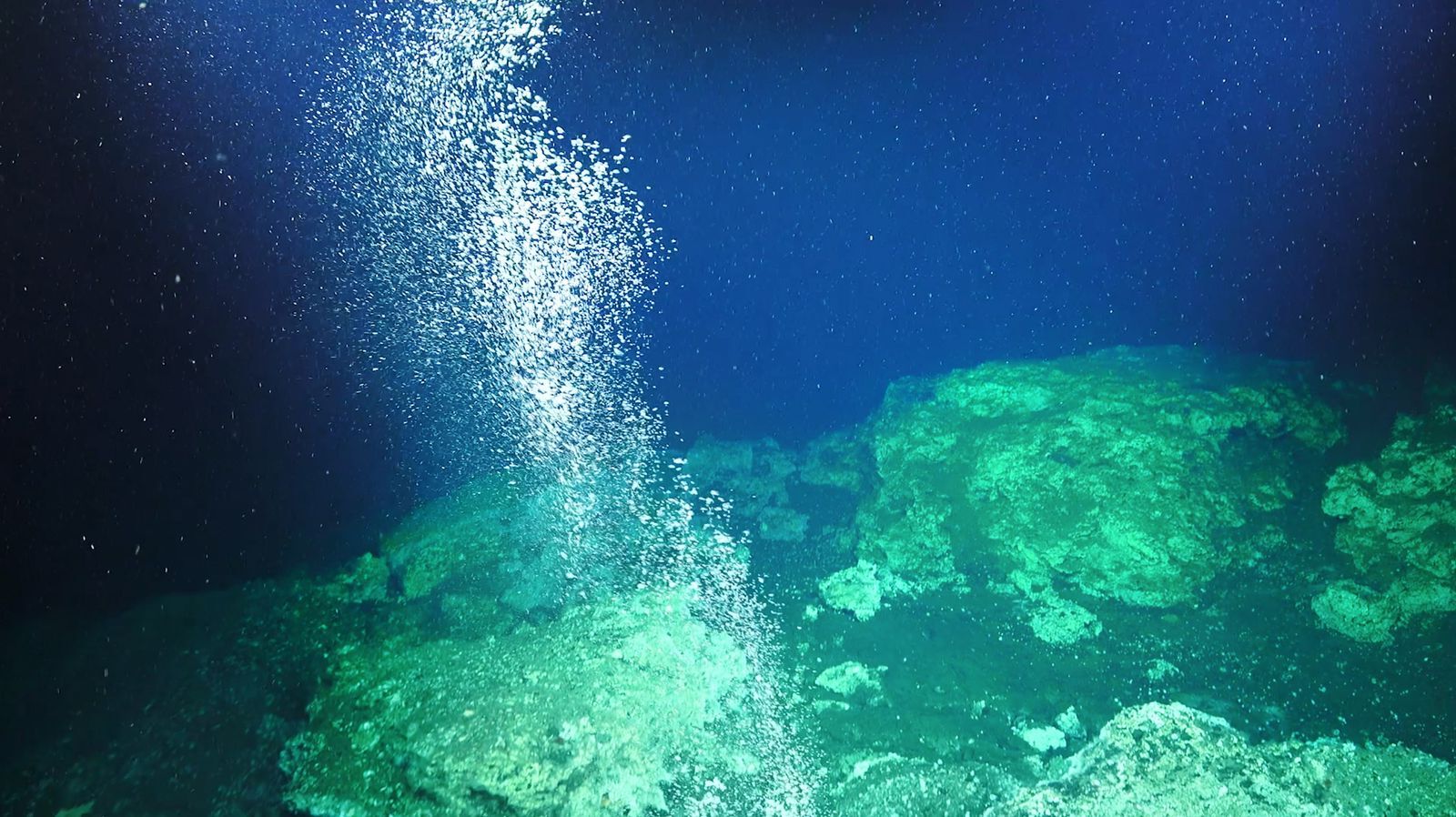Fascinating Locations Of Natural Methane Seeps

Have you ever wondered where natural methane seeps can be found? These intriguing spots are scattered across the globe, offering a glimpse into Earth's hidden processes. From the depths of the ocean to remote land areas, methane seeps are fascinating natural phenomena. They occur when methane gas escapes from underground reservoirs, creating bubbles that rise to the surface. Some of the most famous seeps are located in places like the Gulf of Mexico, the Black Sea, and even off the coast of California. Each seep has its own unique characteristics, making them exciting destinations for scientists and curious travelers alike. Ready to learn more about these natural wonders?
What Are Natural Methane Seeps?
Natural methane seeps are fascinating geological features where methane gas escapes from the Earth's crust into the atmosphere or ocean. These seeps can be found in various environments, from deep ocean floors to arctic tundras. They play a significant role in the global carbon cycle and can create unique ecosystems.
Top Locations of Natural Methane Seeps
1. Santa Barbara Basin, California
The Santa Barbara Basin off the coast of California is one of the most studied methane seep areas. Here, methane bubbles rise from the seafloor, creating a mesmerizing underwater spectacle. This region is also home to diverse marine life that thrives around these seeps.
2. Coal Oil Point, California
Coal Oil Point, near Santa Barbara, is another hotspot for methane seeps. This area has been leaking methane for thousands of years. The seeps here are so active that they can sometimes be seen from the surface, creating oil slicks on the water.
3. Gulf of Mexico
The Gulf of Mexico hosts numerous methane seeps, particularly around the Mississippi Canyon. These seeps support unique communities of organisms, including tube worms and mussels, which rely on the methane for energy.
4. Black Sea
The Black Sea is known for its extensive methane seeps, especially along its northern and western margins. These seeps contribute to the sea's unique chemistry and support specialized microbial communities.
5. Arctic Ocean
Methane seeps are abundant in the Arctic Ocean, particularly along the Siberian Shelf. As permafrost melts due to climate change, more methane is being released from these seeps, raising concerns about their impact on global warming.
6. East Siberian Arctic Shelf
The East Siberian Arctic Shelf is one of the largest methane seep areas in the world. This region is particularly vulnerable to climate change, and scientists are closely monitoring it for signs of increased methane release.
7. Hydrate Ridge, Oregon
Hydrate Ridge, located off the coast of Oregon, is a well-known site for methane hydrate deposits and seeps. The methane seeps here create unique underwater landscapes and support diverse biological communities.
8. Håkon Mosby Mud Volcano, Barents Sea
The Håkon Mosby Mud Volcano in the Barents Sea is an underwater volcano that releases methane gas. This site is of great interest to scientists studying the interactions between geological activity and methane emissions.
9. Sea of Okhotsk
The Sea of Okhotsk, located between Russia and Japan, has numerous methane seeps, particularly around the Sakhalin Island. These seeps are important for understanding the region's geology and the role of methane in the ocean's ecosystem.
10. Gulf of Cadiz
The Gulf of Cadiz, off the coast of Spain and Portugal, is home to several methane seeps. These seeps are associated with mud volcanoes and carbonate mounds, creating a unique underwater environment.
Nature's Hidden Wonders
Natural methane seeps offer a glimpse into Earth's hidden processes. These fascinating locations, like the Black Sea, Santa Barbara Basin, and Gulf of Mexico, reveal the planet's dynamic nature. Visiting these sites can be an unforgettable experience for those interested in geology, marine life, or unique ecosystems.
Methane seeps support diverse marine life, creating vibrant underwater communities. They also play a crucial role in the global carbon cycle, impacting climate change. Understanding these natural phenomena helps scientists predict environmental changes and develop strategies to mitigate their effects.
Exploring these sites not only satisfies curiosity but also contributes to scientific knowledge. Whether you're a traveler, a student, or a nature enthusiast, these methane seeps offer a unique adventure. So, pack your bags, grab your camera, and head out to witness these incredible natural wonders firsthand.

